
interested in nudibranch genomics & evo devo
www.science.org/doi/10.1126/...

www.science.org/doi/10.1126/...
November through December is your best shot at seeing unique intertidal creatures along the California Coast—like colorful nudibranchs, sea stars, kelp forests, and more.
November through December is your best shot at seeing unique intertidal creatures along the California Coast—like colorful nudibranchs, sea stars, kelp forests, and more.
www.nsf.gov/funding/oppo...

www.nsf.gov/funding/oppo...


🔗 doi.org/10.1093/gbe/evaf156
#genome #evolution #lepidoptera

🔗 doi.org/10.1093/gbe/evaf156
#genome #evolution #lepidoptera
We built a 7-week guide + timeline to get you from draft to submission. It’s not too late — you’ve got this! ✨
🔗 cientificolatino.com/apply-in-7-weeks
#NSFGRFP #GradSchool #Fellowship

We built a 7-week guide + timeline to get you from draft to submission. It’s not too late — you’ve got this! ✨
🔗 cientificolatino.com/apply-in-7-weeks
#NSFGRFP #GradSchool #Fellowship
www.biorxiv.org/content/10.1...

www.biorxiv.org/content/10.1...
“Shedding Light on Patterns of Unconventional Expression of Opsin Genes in Hydra vulgaris” is out and open access in @sicbjournals.bsky.social
academic.oup.com/icb/advance-...
Keep reading for some highlights in the thread below!
🦑🧪

“Shedding Light on Patterns of Unconventional Expression of Opsin Genes in Hydra vulgaris” is out and open access in @sicbjournals.bsky.social
academic.oup.com/icb/advance-...
Keep reading for some highlights in the thread below!
🦑🧪

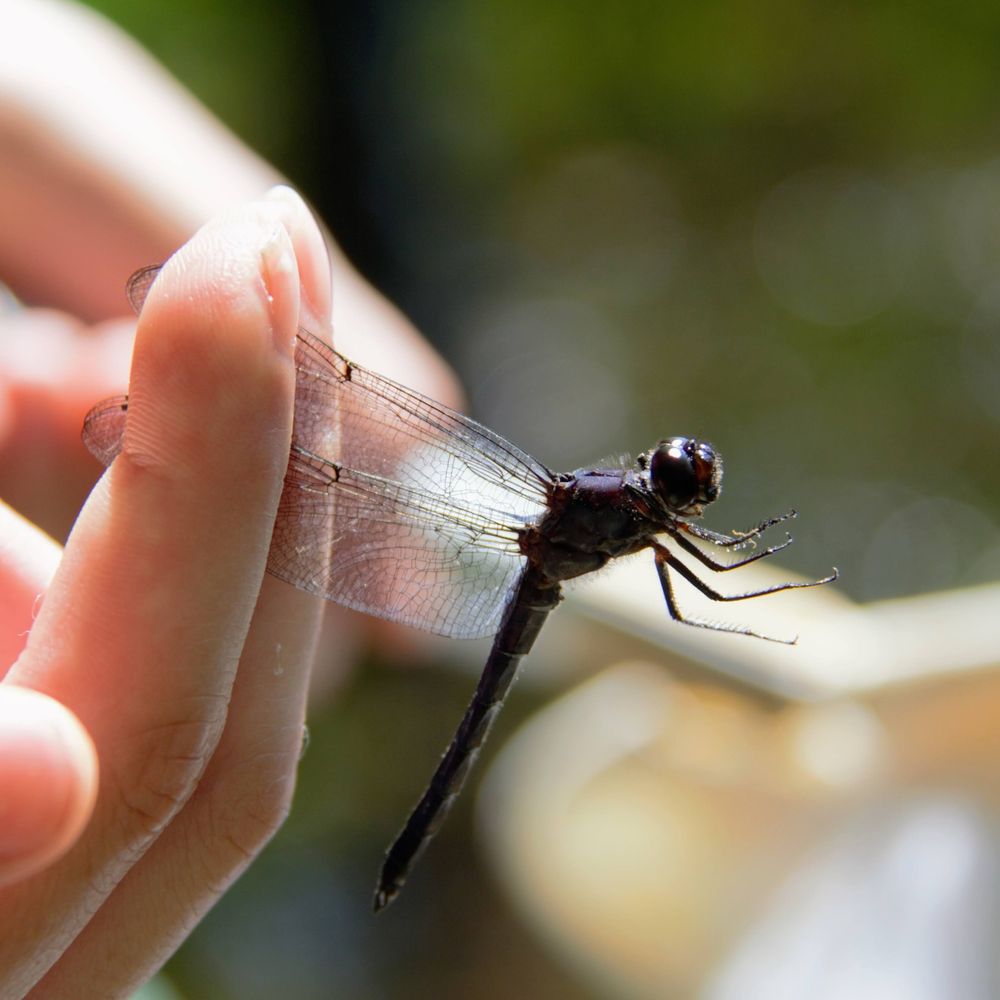
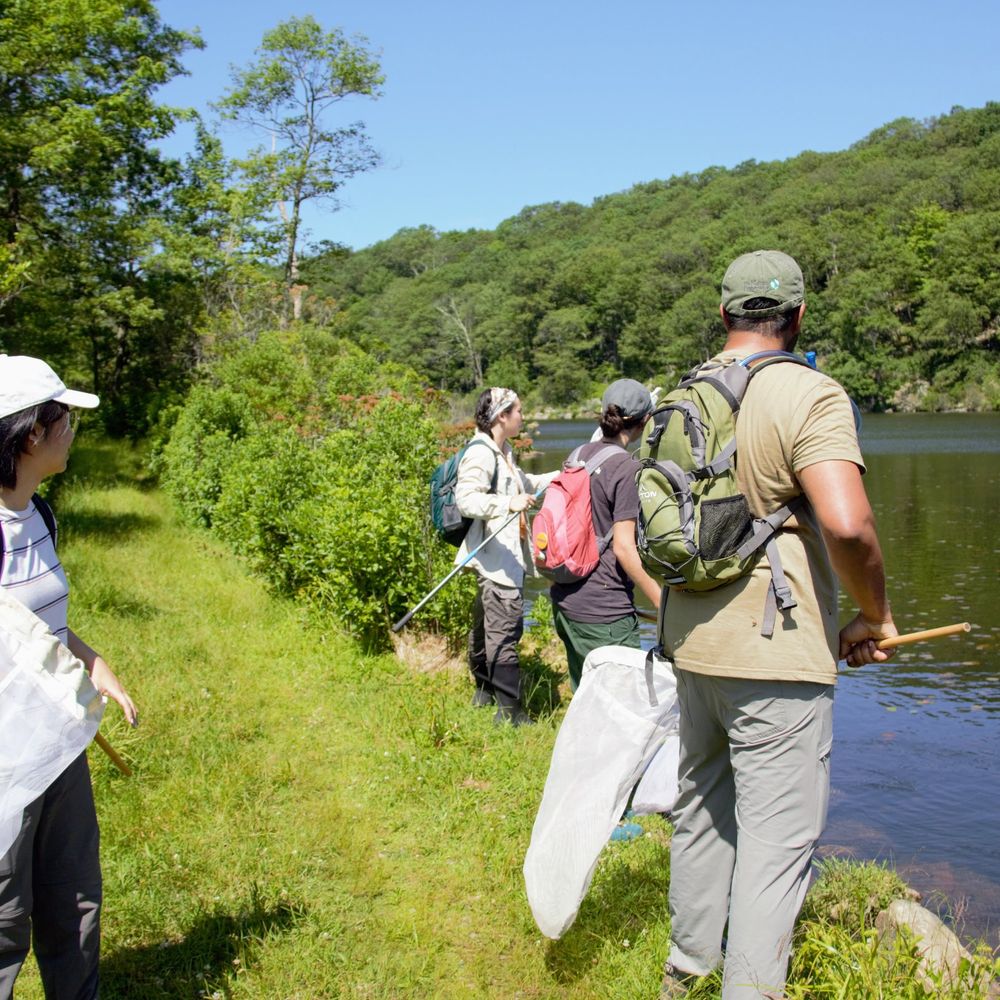
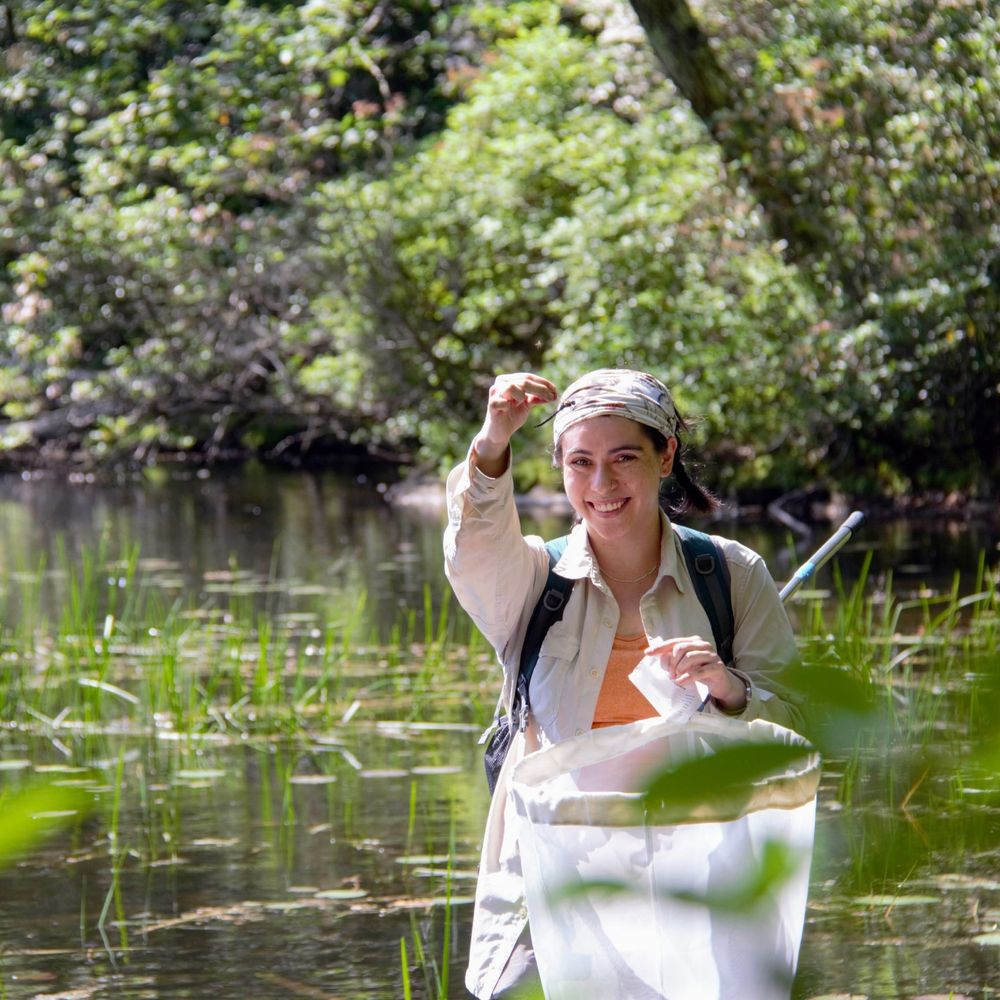
#PASEDB2025 #seaslug #cooption

#PASEDB2025 #seaslug #cooption

academic.oup.com/isd/article/...

academic.oup.com/isd/article/...
docs.google.com/forms/d/e/1F...

docs.google.com/forms/d/e/1F...

https://go.nature.com/4l27lMN
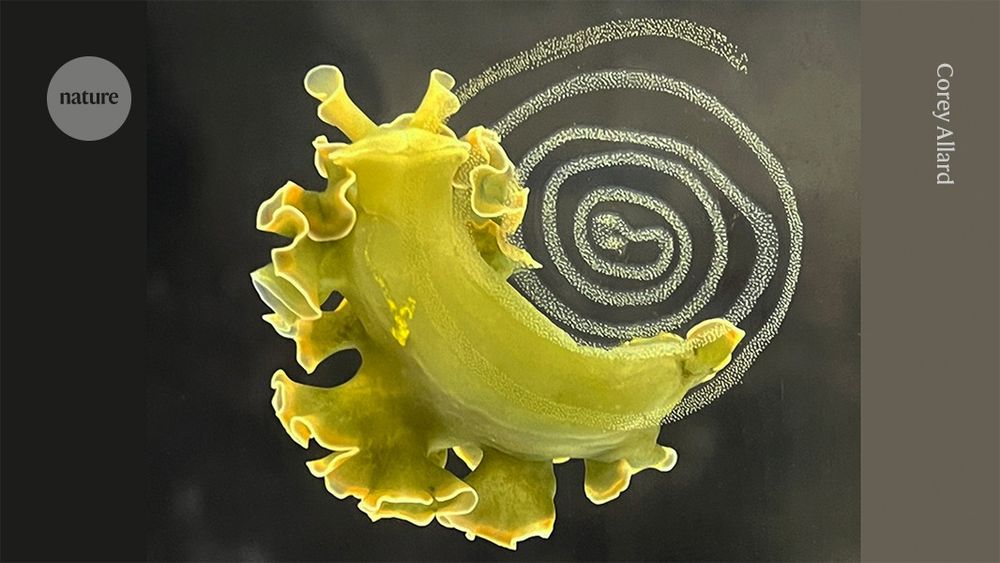
https://go.nature.com/4l27lMN
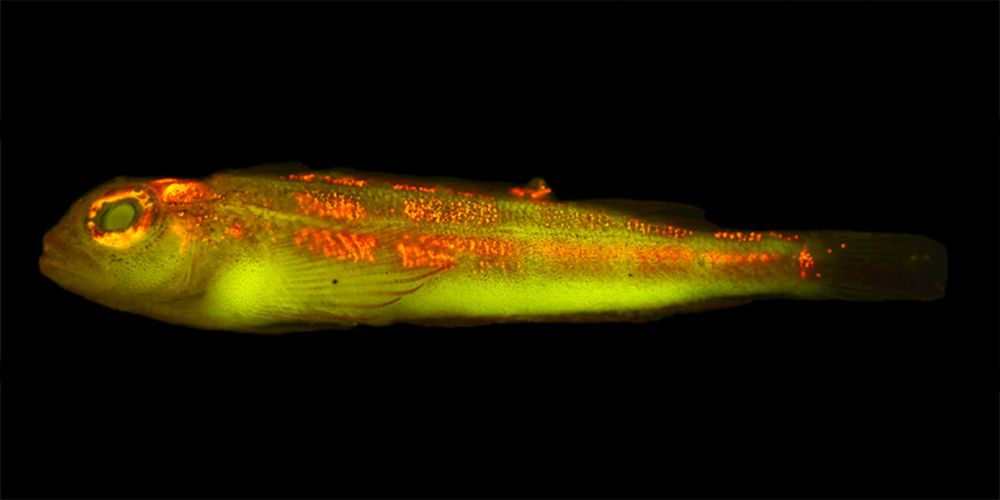
#Microscopy #DevBio
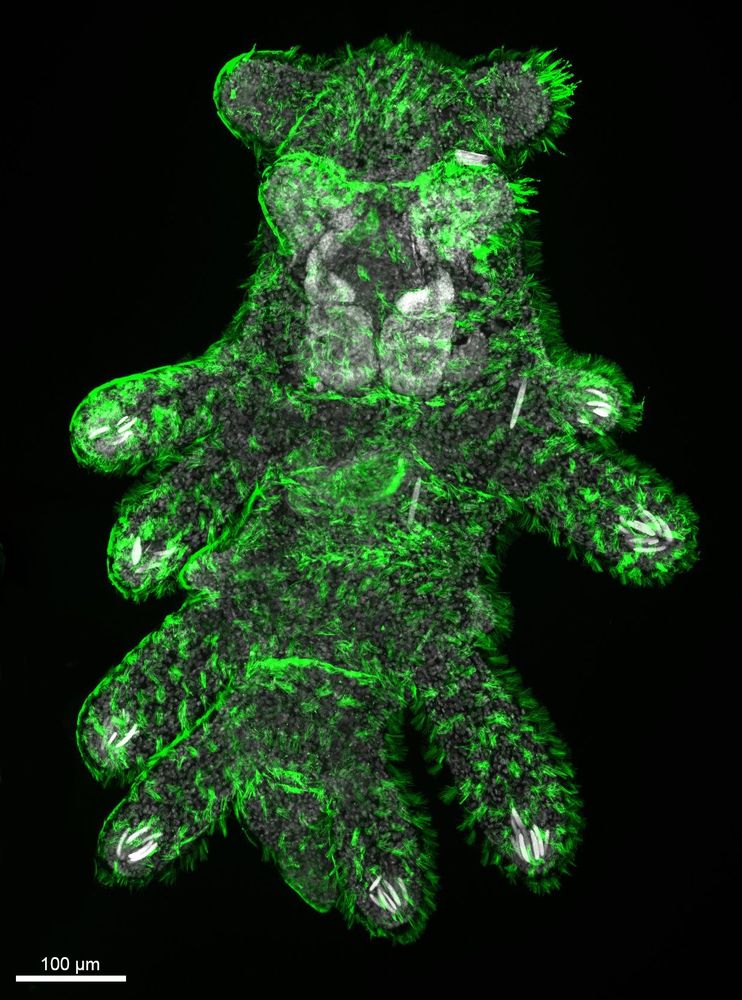
#Microscopy #DevBio
Resources for how to support #trans colleagues :
“1)Create a #Gender-#Inclusive #Environment Research institutional, governmental, local, and other bureaucratic procedures and policies that recognize and support gender transition…”
For the full post:
sicb.org

Resources for how to support #trans colleagues :
“1)Create a #Gender-#Inclusive #Environment Research institutional, governmental, local, and other bureaucratic procedures and policies that recognize and support gender transition…”
For the full post:
sicb.org
On the cover: an embryo of the marine acoel worm Hofstenia miamia, with cell membranes (stained with BODIPY FL phallacidin, cyan) and nuclei (stained with TO-PRO-3, magenta) highlighted. See Research Article by Bump et al.
journals.biologists.com/dev/article/...

On the cover: an embryo of the marine acoel worm Hofstenia miamia, with cell membranes (stained with BODIPY FL phallacidin, cyan) and nuclei (stained with TO-PRO-3, magenta) highlighted. See Research Article by Bump et al.
journals.biologists.com/dev/article/...
first up some snail basics

first up some snail basics


